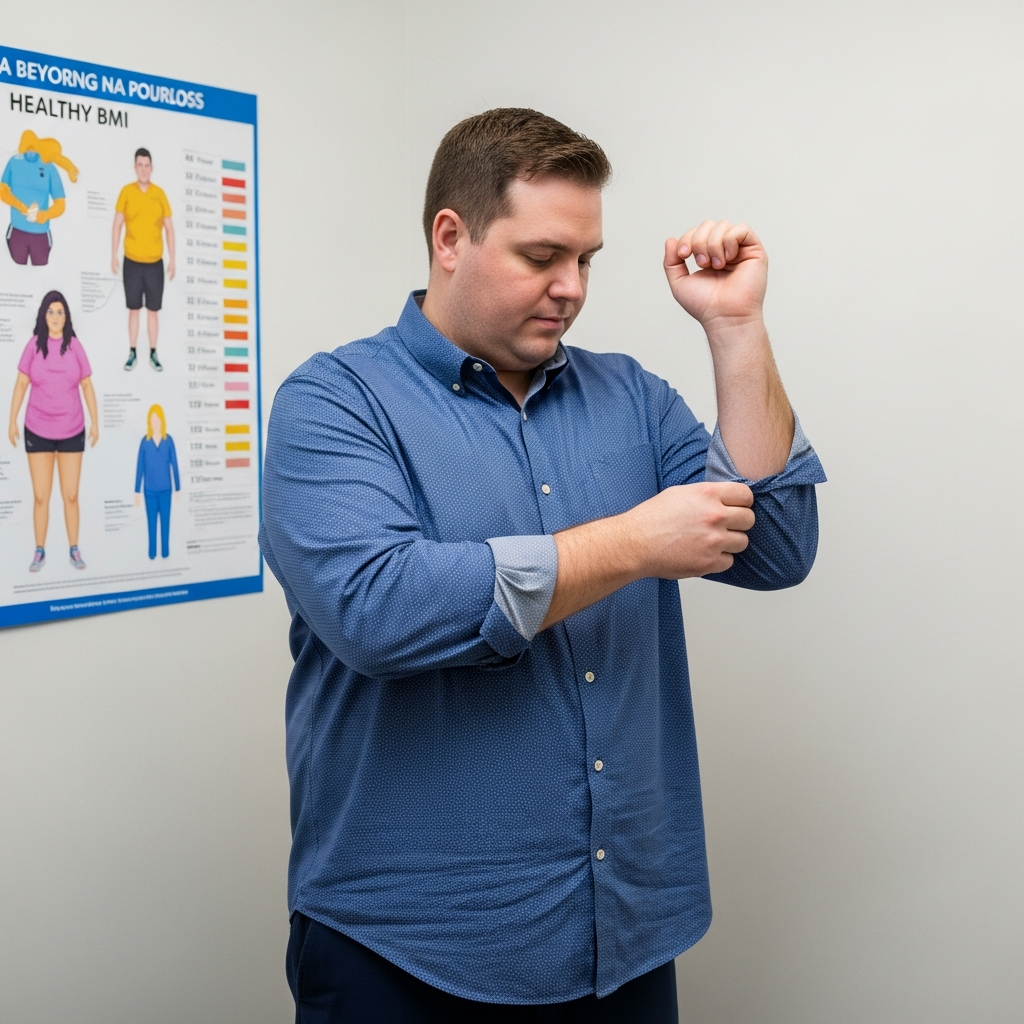Methylene blue, a substance with a surprising history spanning from fabric dye to life-saving medicine, has recently exploded in popularity within the wellness and biohacking communities. This surge is largely fueled by high-profile endorsements from figures like Bryan Johnson, Mel Gibson, and attention from viral videos potentially featuring Robert F. Kennedy Jr. On social media, it’s often lauded as a “wellness elixir,” “miracle molecule,” or potent “nootropic” capable of everything from boosting brain power to fighting aging and serious diseases.
But as with many viral wellness trends, the question remains: What does solid science say about methylene blue’s touted benefits, and more importantly, what are the critical safety considerations hidden beneath the online hype?
A Journey from Dye Vat to Clinic
Discovered in the late 1800s, methylene blue (chemically, methylthioninium chloride) was one of the first synthetic dyes. Researchers quickly found medical applications, using it to stain bacteria and parasites, and later as an early treatment for malaria. Historically, it also saw use for conditions like sepsis, carbon monoxide poisoning, and even as an antiseptic for infections.
Today, methylene blue’s use in established clinical medicine is much more specific. The U.S. Food and Drug Administration (FDA) has approved it primarily for treating methemoglobinemia, a rare blood disorder affecting oxygen transport. It’s also used off-label in controlled medical settings for certain types of shock during surgery. Beyond specific human medical uses, it’s also known for its use in laboratories and even as a disinfectant in aquariums.
Exploring the Potential: What Research Suggests
The excitement around methylene blue today centers on its potential therapeutic effects beyond its approved uses. Much of this potential is linked to its unique biological interactions:
Boosting Cellular Energy: A key area of research focuses on methylene blue’s ability to enhance mitochondrial function. Mitochondria are the powerhouses of our cells, producing ATP, the body’s energy currency. As we age or face stress, mitochondrial efficiency can decline. Methylene blue appears to improve this process by acting as a redox cycler, potentially increasing ATP production and protecting cells under stress. This mechanism is the basis for claims about increased energy, stamina, and fighting fatigue.
Supporting Brain Health: Methylene blue’s ability to cross the blood-brain barrier is crucial for its potential effects on the brain. Researchers are investigating its role in improving cognitive function, memory, and its potential relevance for neurodegenerative conditions like Alzheimer’s and Parkinson’s disease. Animal studies and some reviews show promise in restoring mitochondrial function in brain cells and protecting against damage. Proponents suggest benefits like enhanced focus, clarity, and mental performance.
Antioxidant Effects: Methylene blue acts as an antioxidant, helping to neutralize free radicals that contribute to oxidative stress, cellular damage, and aging. This property is explored for various potential benefits, including skin aging, where lab studies suggest it can boost fibroblast lifespan and stimulate collagen and elastin production.
Other Potential Areas: Methylene blue is also being explored for potential effects related to mood (linking back to small studies on depression and bipolar disorder), its historical use as an antiseptic for urinary tract infections (supported by some limited research), and even claims of protecting the body from radiation. However, these applications generally require much more robust investigation.
Hype Meets Reality: Why Experts Caution Against the Trend
Despite these promising avenues of research, there’s a significant gap between laboratory potential and the widespread claims circulating online. Social media often portrays methylene blue as a readily available supplement or nootropic with guaranteed benefits for brain health, energy, anti-aging, and even serious diseases like cancer or dementia.
Medical experts and critical reviews strongly caution against this narrative. While ongoing research is interesting, especially in understanding cellular mechanisms, the claims made online often far outpace the current scientific evidence from well-designed human clinical trials. The studies often cited by proponents, such as those for Alzheimer’s (2020 Chinese study), bipolar disorder (2011 trial), or depression (1987 study), are typically very small scale (sometimes with fewer than 50 participants) and are considered far from conclusive proof of broad effectiveness.
Experts highlight that the idea of methylene blue significantly slowing dementia, preventing common infections, or curing cancer based on current evidence is largely theoretical or based on misinterpretations of niche medical applications. Relying on social media endorsements or unregulated sources for methylene blue is strongly advised against due to the significant risks involved.
Critical Safety Warnings: Before You Even Consider It
This is where the wellness trend becomes particularly concerning and potentially dangerous. Methylene blue is a pharmacologically active substance and carries significant risks if not used correctly, sourced properly, or taken without strict medical supervision.
Always Consult a Healthcare Professional: You absolutely must not self-administer methylene blue based on online trends, celebrity endorsements, or information from unregulated sources. Any potential use should be discussed with and managed by a qualified doctor who can assess your individual health status, potential benefits (if any for your condition), and significant risks.
Source Purity is Paramount: Methylene blue used in legitimate medical settings is pharmaceutical or medical-grade, manufactured under rigorous standards to ensure purity. Products sold online, especially from unregulated sources or marketed for non-medical uses (like aquarium cleaning), may contain dangerous impurities, heavy metals, formaldehyde, or incorrect concentrations. Using non-pharmaceutical grade methylene blue in humans is extremely risky.
Dosage is Undetermined for Wellness Use: The correct oral dosage for human use outside of specific, approved medical conditions (like methemoglobinemia) is not established by scientific research. Taking unregulated amounts can be toxic and very dangerous.
Life-Threatening Drug Interactions: Methylene blue is a potent inhibitor of the enzyme MAO-A. Combining it with certain common medications, particularly SSRI antidepressants (like Prozac, Zoloft, Paxil), certain other antidepressants (including SNRIs, tricyclics, bupropion), or some migraine medications (like triptans), can lead to a life-threatening condition called Serotonin Syndrome. Symptoms can include confusion, agitation, muscle twitching, seizures, irregular heartbeat, high blood pressure, and loss of consciousness.
Risk for Individuals with G6PD Deficiency: Methylene blue can cause severe and dangerous breakdown of red blood cells (hemolytic anemia) in individuals with glucose-6-phosphate dehydrogenase (G6PD) deficiency, a common genetic condition particularly prevalent in populations of African, Asian, and Mediterranean descent. Many people may be unaware they have this condition until they experience a severe reaction to certain substances like methylene blue.
Other Potential Risks: While harmless blue discoloration of urine is a common side effect, more serious side effects can include central nervous system effects like dizziness, confusion, headache, and high doses have shown potential risks in animal studies. It is also generally not recommended during pregnancy or breastfeeding.
Conclusion: Potential in Research, Peril in Trends
Methylene blue is undeniably a fascinating compound with a rich history and compelling areas of ongoing scientific investigation, particularly concerning mitochondrial function, brain health, and cellular longevity.
However, the current portrayal of methylene blue as a readily accessible wellness or biohacking supplement based solely on celebrity endorsement, social media hype, or small preliminary studies is problematic and carries significant risks. While preclinical studies hint at potential, especially in understanding cellular mechanisms, these findings do not equate to proven treatments or safe supplements for general, unsupervised use.
The critical lack of established safe dosages for oral wellness use, the serious potential for dangerous drug interactions (especially Serotonin Syndrome), the risk for individuals with G6PD deficiency, and the absolute necessity of pharmaceutical-grade purity mean that using methylene blue outside of qualified medical supervision should be avoided.
For now, methylene blue remains primarily an FDA-approved treatment for specific medical conditions and a subject of promising, but still developing, scientific research – it is not a proven, safe-for-all wellness trend. Prioritizing established health practices and consulting with healthcare professionals remains the safest and most evidence-based approach to well-being.
References
- https://www.timesnownews.com/health/methylene-blue-the-magic-drug-thats-taking-over-social-media-but-is-it-safe-article-118186049
- https://theconversation.com/from-methylene-blue-to-vitamin-e-heres-why-health-and-wellness-supplements-are-no-silver-bullet-for-cancer-247847
- https://www.onlymyhealth.com/is-the-consumption-of-methylene-blue-drug-safe-for-health-12977825538
- https://vadaraspa.com/peptides-%26-regenerative
- https://ca.finance.yahoo.com/news/healthletic-methylene-blue-drops-under-211100628.html




